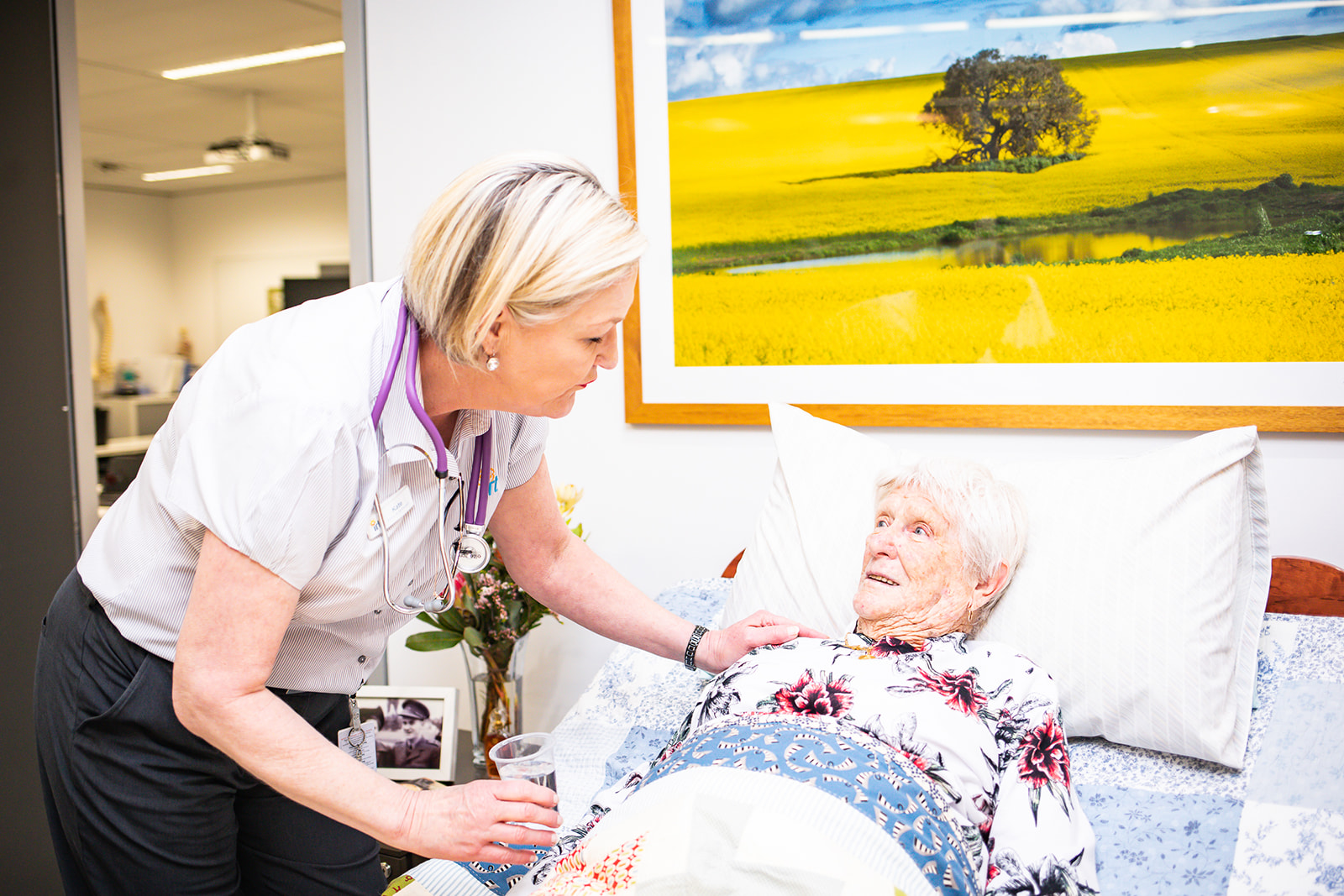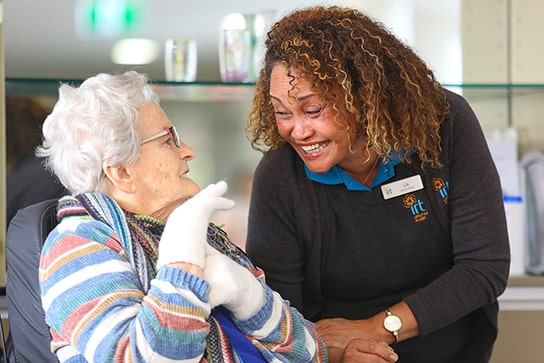Maintaining balance and coordination with age and the positive impact of exercise
We are all living longer, so being in good physical and mental shape is key to making the most of those extra years. The Good Life spoke with Associate Professor Paul Stapley about maintaining coordination and balance as we age and the positive impacts of exercise.

“When we are active physically the brain works too. When you exercise the brain produces hormones that promote an overall perception of wellbeing.”
The effects of ageing on balance and coordination
Associate Professor Paul Stapley from the University of Wollongong studies what happens to coordination and balance as we age and what can be done to improve it.
Activities that we take for granted, such as filling a kettle while standing in the kitchen, require the brain to predict the action that’s involved in the task. However, when standing it also requires the coordination of limb movement to grasp the object, while maintaining standing balance. But he explains that as we get older, our ability to anticipate how we balance our weight when moving around, and especially when moving an arm away from the body, gets worse and this can lead to trips and falls.
How to improve coordination and balance
Simple activities can be very effective when it comes to improving coordination and balance as we get older.
“Activities work the brain, so start by lifting objects from a table when sitting and standing, for example,” he says.
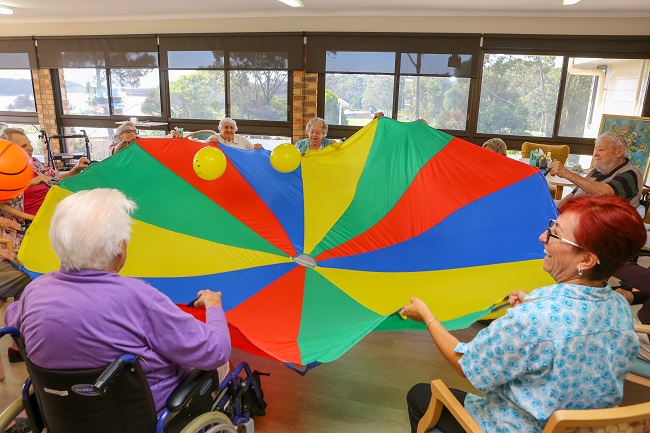
Staying active with age
Associate Professor Stapley also studies trends around the participation of older people in sporting activities.
He suggests that very little is known about the capacity for older people to take part in regular physical activity.
He says that it’s a common perception that older people should only be doing lower-intensity exercise. “But we don’t know if that’s the case, as records held by older persons (over 65), particularly in longer endurance sports, are constantly being broken.”
For example, in the long distance triathlon race known as Ironman, the average age of competitors has increased to 55. “Seventy-year-olds are now doing marathons. The fastest time for an 80-year-old running a marathon is three hours and 15 minutes.”
The impact of physical activity on the brain
His research team is studying how physical activity, such as pedalling a bicycle can have a positive effect on brain activity. “Studies have shown that if you undertake regular physical activity it can improve the signals sent from the brain to the muscles, and also cognitive capacity.”
As the physical capabilities of older people are not well understood, his research group is embarking on a series of studies using different forms of cycling to better investigate the adaptations and improvements that older people can achieve. This includes changes in the cardiovascular and central nervous systems.
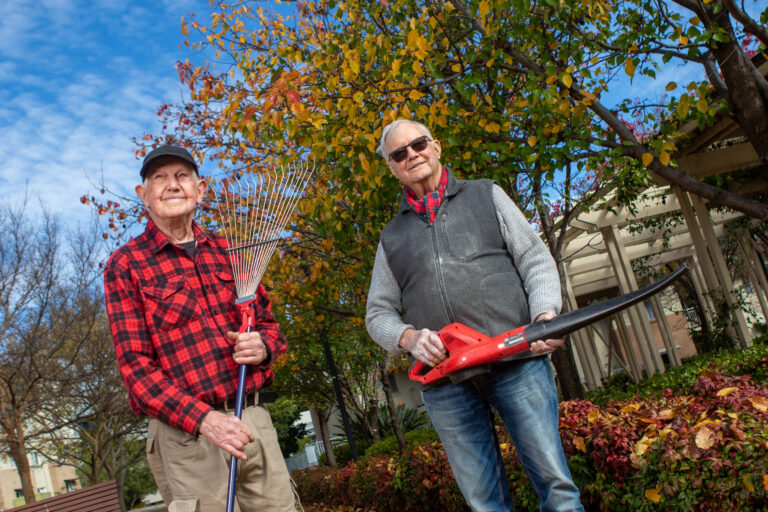
How to get moving
When taking steps towards being more active, Associate Professor Stapley advises to take it easy to start with, and always consult your GP before making any changes to your exercise routine.
1. Go for a walk
In terms of what activities are good to do, he says the best activity is walking. “It’s what the body was built to do – run and walk. And we don’t do enough of it. We’ve become totally dependent on cars to do activities of daily life that we previously would have done by walking.”
He believes older people should try and build walking into their everyday activities.
“The good thing about walking is that it’s low impact and social. Identify an activity you can do through walking. Also, try to improve your sit to stand to improve your muscles.”
He explains that the action of sitting to standing is often an activity that can lead to falls.
2. Swim
He says swimming is a great form of exercise. The water takes away the stresses, it overcomes gravity, the water is often warm, it supports your weight and it’s a social activity.
3. Try gardening
“Gardening is a great form of exercise too,” he says. “In Australia we have great weather to be out and about in.”
Associate Professor Stapley says that in terms of our mental health, more and more we are seeing the link between exercise and good mental health.
“When we are active physically the brain works too. When you exercise the brain produces hormones that promote an overall perception of wellbeing.”
He says that the relationship between good mental health and exercise is well established, and that getting older should not be associated with a sedentary lifestyle.
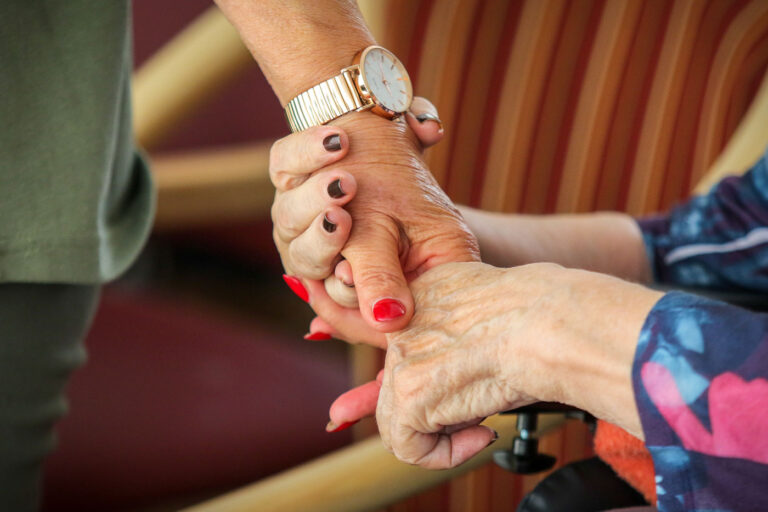
Does your loved one need support?
IRT has been supporting older Australians and their families with compassionate care for more than 50 years with aged care centres in NSW, Qld and the ACT. If your loved one needs warm and personalised care you can trust, we'd be more than happy to help.
Find out moreYou may also like
Palliative care vs end of life care: what's the difference?
What is palliative care? People think palliative care is the end of someone’s life, but there’s so much more to it.
Choosing an Aged Care Centre: What to consider
Moving from your home into a residential aged care centre can be a rewarding experience for you or your loved one.

